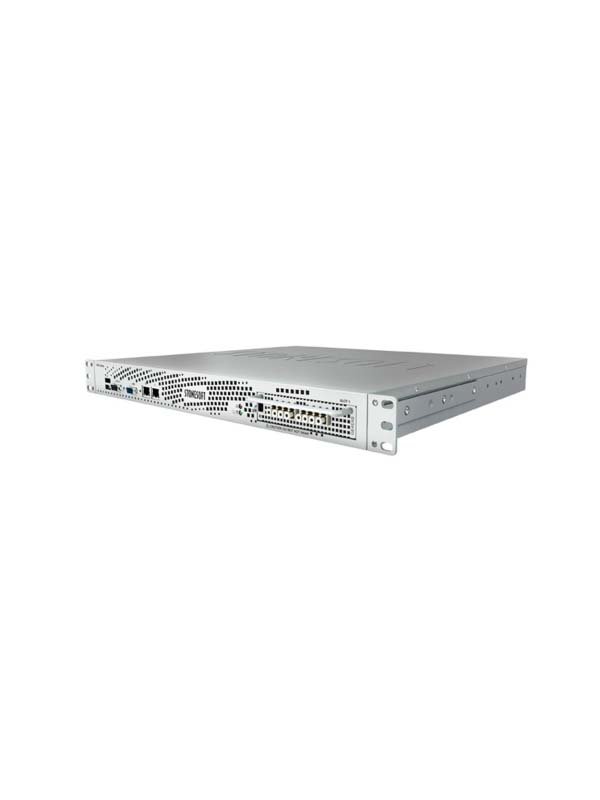

The code and instructions provided enable system administrators to automatically:ĭeploy two standalone Forcepoint Next Generation Firewall enginesĬonfigure the engines to operte in Active-Active mode and to report to an existing Forcepoint Security Management Center (SMC)ĭeploy and configure all Azure network components involved in the stack. This guide provides step by step instructions to deploy and configure Forcepoint Next Generation Firewall using a high availability topology (Active-Active mode) in Azure using an Azure Resource Manager (ARM) template to deploy the entire stack. ALL CONDITIONS, REPRESENTATIONS AND WARRANTIES WITH RESPECT TO THE SITE OR ITS CONTENT, WHETHER EXPRESS, IMPLIED, STATUTORY OR OTHERWISE, INCLUDING ANY IMPLIED WARRANTY OF MERCHANTABILITY, FITNESS FOR A PARTICULAR PURPOSE, OR NON-INFRINGEMENT OF THIRD PARTY RIGHTS, ARE HEREBY DISCLAIMED Document Revision TO THE MAXIMUM EXTENT PERMITTED BY APPLICABLE LAW, THE SITE AND ITS CONTENT IS PROVIDED TO YOU ON AN “AS IS,” “AS AVAILABLE” AND “WHERE-IS” BASIS. These contents are licensed under Apache License, Version 2.0. Appendix A – How to find NGFW Engine versions available in Azure.Check all components are configured and running properly.Step 3: Edit and deploy the templateto Azure Resource Management.

Step 2: Download Forcepoint NGFW HA ARM Template.Step 1: Create Azure Resource Group for Forcepoint NGFW HA.Configure Azure and deploy the template.Create a Location element for elements that contact the SMC servers.Create a self-signed certificate for the Forcepoint Security Management Center API.Configure Forcepoint Security Management Center.Forcepoint Next-Gen Firewall High Availability with Azure Resource Manager.Forcepoint Next-Gen Firewall High Availability with Azure Resource Manager Table of contents


 0 kommentar(er)
0 kommentar(er)
